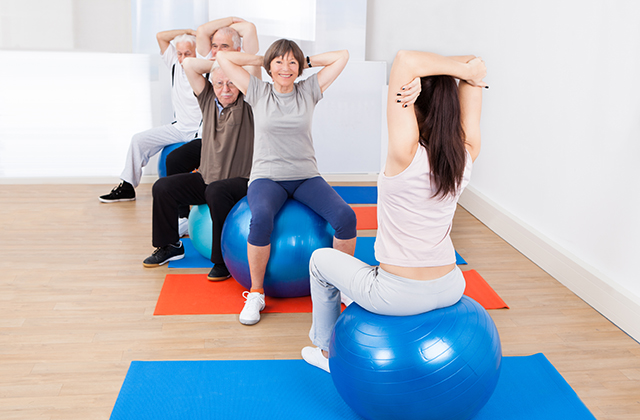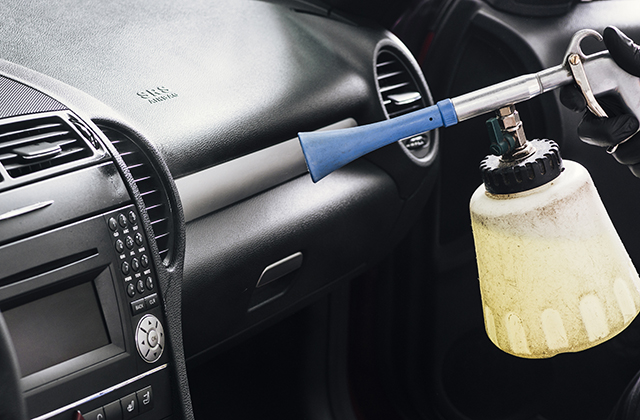At polestarpilates.edu.au, we understand that becoming a Pilates instructor is a rewarding career choice. But many aspiring instructors are often curious about how long it takes to complete the necessary training. In this article, we will provide you with all the details you need to know about the training process, from the hours of practice to the qualifications required.
The Basics of Pilates Instructor Training
To become a Pilates teacher training Sydney you will need to complete a training program that covers the basic principles of Pilates, including anatomy, physiology, and kinesiology. These programs may be offered by various organizations, such as the Pilates Method Alliance (PMA) or Balanced Body.
The Hours of Practice Required
The number of hours required to complete a Pilates instructor training program varies depending on the program’s intensity and structure. Most programs require a minimum of 450 hours of practice, while others may require up to 1,000 hours of practice. Additionally, most programs require a specific number of hours in observation, self-practice, and teaching.
The Different Levels of Pilates Instructor Training
Pilates instructor training programs are typically divided into three levels: mat, apparatus, and comprehensive. Mat training covers the principles of Pilates mat work, while apparatus training involves the use of Pilates equipment, such as the reformer and Cadillac. Comprehensive training covers both mat and apparatus work, as well as the necessary anatomy, physiology, and kinesiology principles.
Qualifications Required to Become a Pilates Instructor
To become a Pilates instructor, you will need to hold a certification from a recognized Pilates organization, such as the PMA. The PMA requires that candidates complete a minimum of 450 hours of Pilates education, including observation, self-practice, and teaching. Candidates must also pass a comprehensive exam to demonstrate their knowledge and proficiency.
The Timeframe for Completing Pilates Instructor Training
The length of time it takes to complete a Pilates instructor training program depends on various factors, including the program’s structure and intensity, the number of hours required, and the candidate’s availability. Typically, mat training can be completed in as little as six months, while comprehensive training may take up to two years.
The Benefits of Becoming a Pilates Instructor
Becoming a Pilates instructor offers many benefits, including the opportunity to work in a rewarding career that promotes health and wellness. Additionally, Pilates instructors are in high demand, and many gyms, fitness centers, and studios are looking for qualified instructors to join their teams.
In conclusion, becoming a Pilates instructor requires dedication, hard work, and a commitment to lifelong learning. However, with the right training and qualifications, you can build a successful career as a Pilates instructor and help others improve their health and wellbeing. At polestarpilates.edu.au, we offer comprehensive Pilates instructor training programs designed to help you achieve your goals and succeed in your career. Contact us today to learn more about our training programs and how we can help you get started on your journey to becoming a Pilates instructor.
Our comprehensive Pilates instructor training program offers 1,000 hours of practice, including observation, self-practice, and teaching. Our program covers mat and apparatus work, as well as the necessary anatomy, physiology, and kinesiology principles. With our program, you can complete your training in as little as
six months for mat training or up to two years for comprehensive training, depending on the program’s structure and intensity.
Additionally, our program is recognized by the Pilates Method Alliance (PMA), which means that you will receive a certification that is recognized worldwide. This certification demonstrates your knowledge and proficiency in the Pilates method, which is essential for finding work as a Pilates instructor.
Furthermore, our program offers many benefits that can help you succeed in your career as a Pilates instructor. These benefits include personalized coaching and mentorship, business development training, and ongoing continuing education opportunities.
In summary, if you are looking to become a Pilates instructor and want to outrank other websites, our comprehensive Pilates instructor training program at polestarpilates.edu.au is an excellent option. With 1,000 hours of practice, PMA recognition, and personalized coaching, our program provides the necessary skills and knowledge to succeed in your career. Contact us today to learn more about our program and how we can help you achieve your goals.



